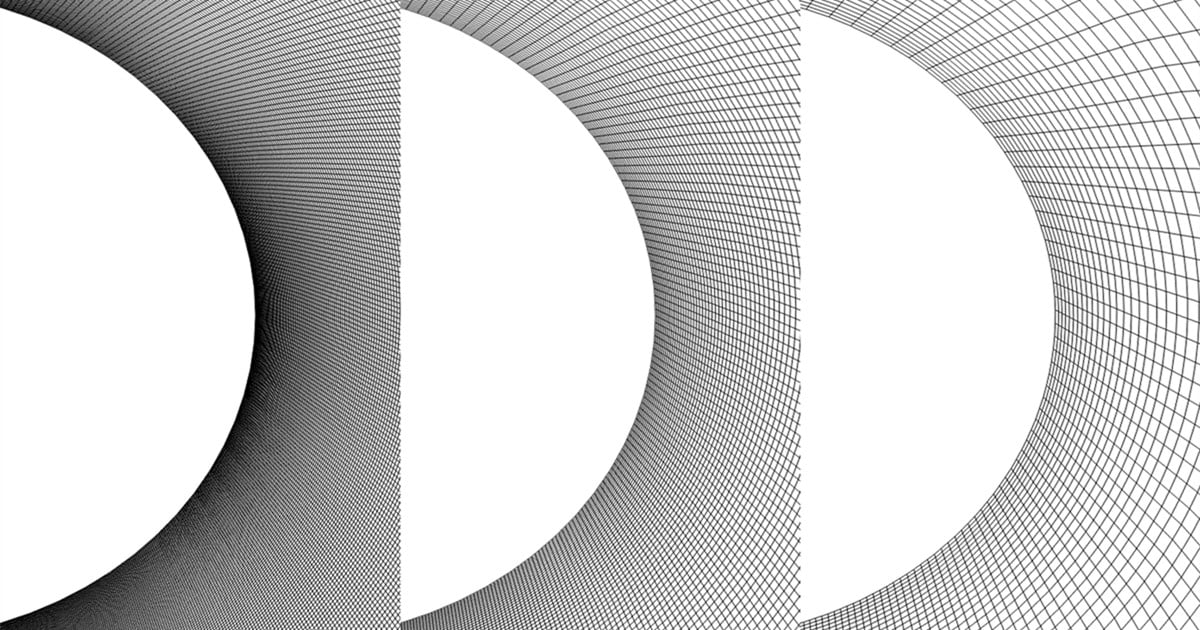Verification and Validation Analysis on Marine Applications
A special issue of Journal of Marine Science and Engineering (ISSN 2077-1312). This special issue belongs to the section "Ocean Engineering".
Deadline for manuscript submissions: closed (10 January 2024) | Viewed by 17458

Special Issue Editors
2. Department of Hydro and Aerodynamics, Force Technology, 2800 Kgs. Lyngby, Denmark
Interests: CFD ship hydrodynamics; CFD verification and validation procedures; high-speed craft; ship design; ship maneuvering and seakeeping
Special Issues, Collections and Topics in MDPI journals
Special Issue Information
Dear Colleagues,
The significant increase in the last two decades of the use of Computational Fluid Dynamics (CFD) in engineering applications in general, and in the maritime fields, inevitably has led to the need to assess the accuracy and reliability of the numerical results. This goal can be achieved by the Verification and Validation (V&V) procedures. The V&V procedures allow the estimation of the uncertainties in a simulation (modeling and numerical) and an experimental test (verification). Based on the uncertainties estimated in the verification part and the comparison error, a simulation can be/or not be validated against the corresponding experimental test. Several approaches and procedures have been developed to perform V&V analysis of CFD simulations and, in the maritime field, the ITTC (International Towing Tank Conference) defined a specific guideline for the Uncertainty Analysis in CFD application on ships and offshore structures. The V&V analyses, initially applied in very few cases, are now widely implemented due to the ever-larger number of CFD simulations performed and are providing significant feedback regarding the results and the limits of the existing V&V procedures.
Therefore, the scope of the present Special Issue is to collect research and studies on the application of the different V&V procedures/methodologies applied especially in the maritime field (hydrodynamic applications, marine applications, etc.) investigating the results and the eventual shortcomings/limits of the existing procedures themselves.
Dr. Simone Mancini
Dr. Momchil Terziev
Guest Editors
Manuscript Submission Information
Manuscripts should be submitted online at www.mdpi.com by registering and logging in to this website. Once you are registered, click here to go to the submission form. Manuscripts can be submitted until the deadline. All submissions that pass pre-check are peer-reviewed. Accepted papers will be published continuously in the journal (as soon as accepted) and will be listed together on the special issue website. Research articles, review articles as well as short communications are invited. For planned papers, a title and short abstract (about 100 words) can be sent to the Editorial Office for announcement on this website.
Submitted manuscripts should not have been published previously, nor be under consideration for publication elsewhere (except conference proceedings papers). All manuscripts are thoroughly refereed through a single-blind peer-review process. A guide for authors and other relevant information for submission of manuscripts is available on the Instructions for Authors page. Journal of Marine Science and Engineering is an international peer-reviewed open access monthly journal published by MDPI.
Please visit the Instructions for Authors page before submitting a manuscript. The Article Processing Charge (APC) for publication in this open access journal is 2600 CHF (Swiss Francs). Submitted papers should be well formatted and use good English. Authors may use MDPI's English editing service prior to publication or during author revisions.
Keywords
- verification and validation
- uncertainty analysis
- numerical error
- modeling error
- comparison error
- benchmark hulls
- benchmark propellers
Benefits of Publishing in a Special Issue
- Ease of navigation: Grouping papers by topic helps scholars navigate broad scope journals more efficiently.
- Greater discoverability: Special Issues support the reach and impact of scientific research. Articles in Special Issues are more discoverable and cited more frequently.
- Expansion of research network: Special Issues facilitate connections among authors, fostering scientific collaborations.
- External promotion: Articles in Special Issues are often promoted through the journal's social media, increasing their visibility.
- e-Book format: Special Issues with more than 10 articles can be published as dedicated e-books, ensuring wide and rapid dissemination.
Further information on MDPI's Special Issue policies can be found here.






